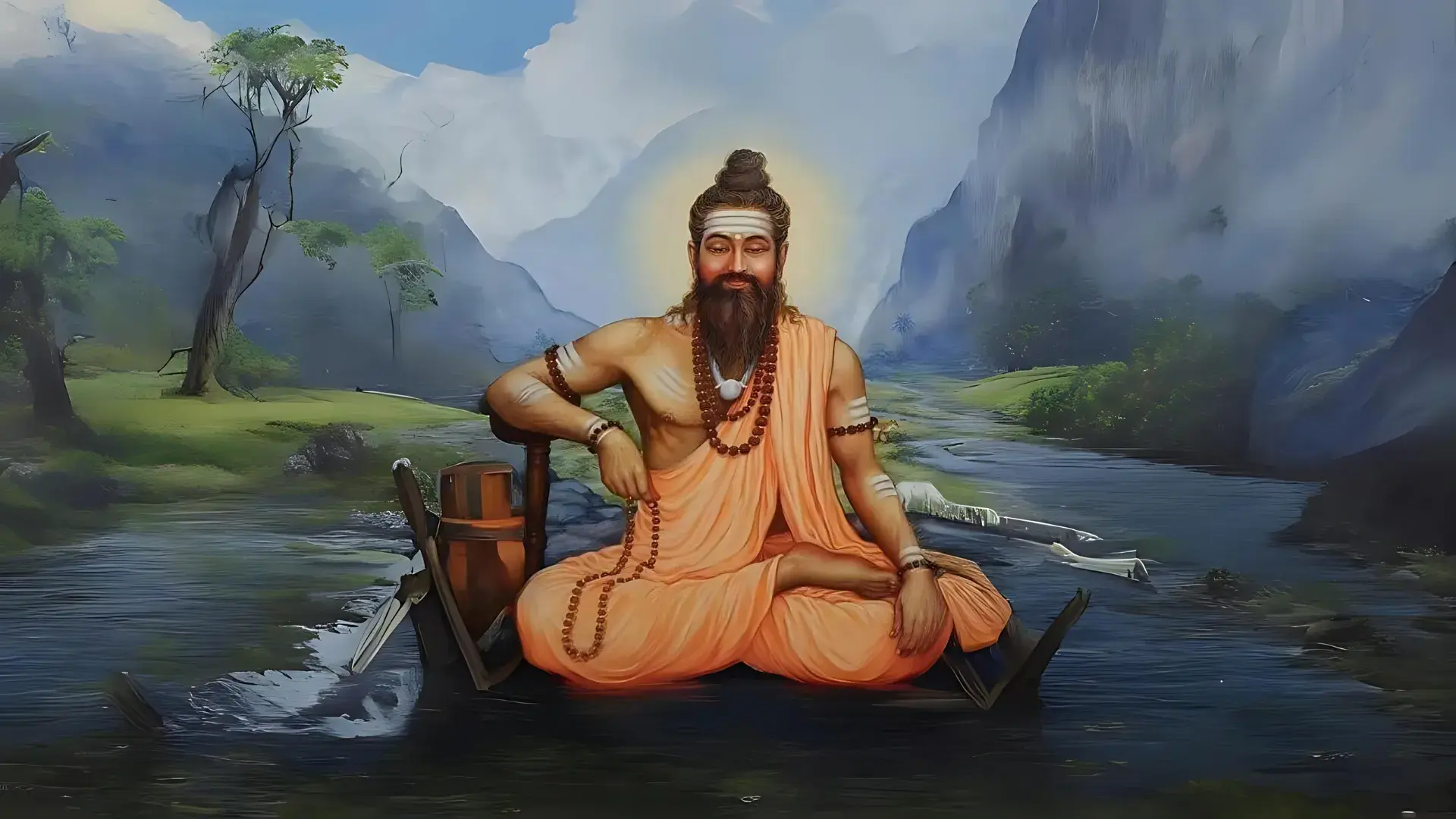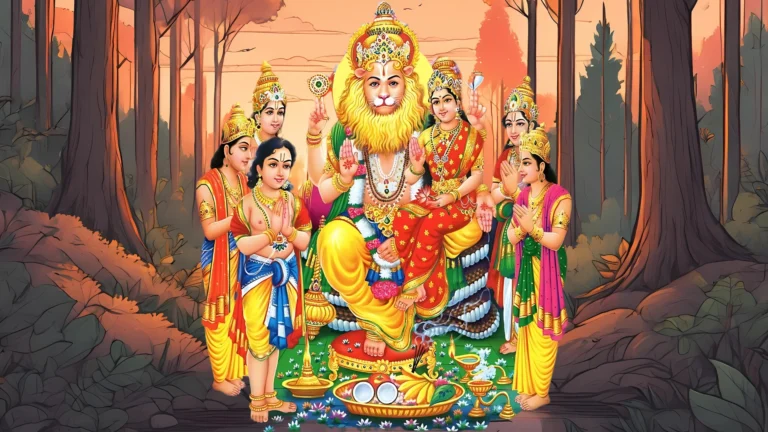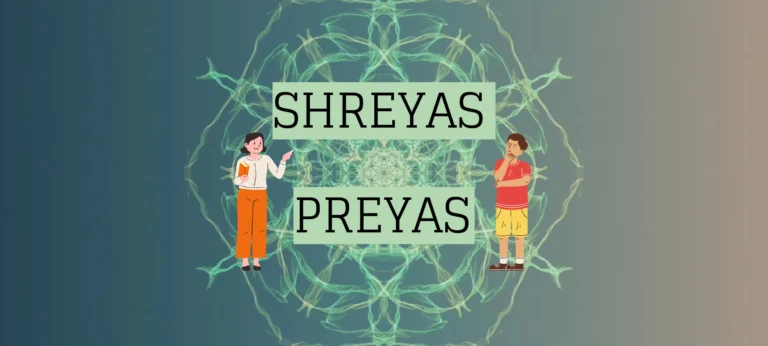Please Like the Blog and Share it for Maximum Reach
Table of Contents
View of Shaivites
According to Shaivites, the soul is infinite. However, it is subservient to Shiva. Shiva is the Lord and protector of the souls (Pasu). Thus he derives his name “Pasupati” or the “Benefactor of living entities.”
Anava, Karma and Maya
There are three kinds of impurities that bind the spirit soul. These three together bear a common name- “Mala”, which means impurities. They are-
1) Anava-This is The first impurity. In Anava, The Jiva thinks that it is ‘Finite’ or ‘Limited.’
2) Karma- Karma is the second impurity.
This bondage of Karma “Bandhana”, makes the living entity distorted through its reflected actions. The living entity is something else, but on account of its actions, it appears as something else. Owing to good and bad actions, the spirit soul, identifies itself with the body.
This is also a reason for Anava or limitedness.
3) Maya- The third Mala is Maya. Maya is the material cause for the identification of the spirit soul. Owing to Anava and Karma, the soul comes under this illusion that it is material and finite. This is illusion of the highest kind. In Shaivism, it is called ‘Maya.’
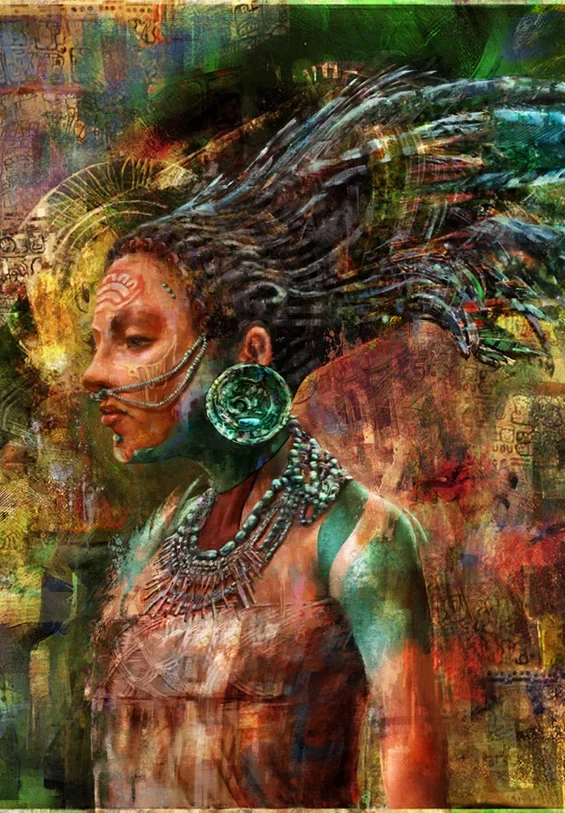
Due to Maya, the knowledge of the spirit soul becomes stunted or highly limited. It gets confined to material boundaries, although the true nature of life, is much beyond the material cause.
Nature of Material existence
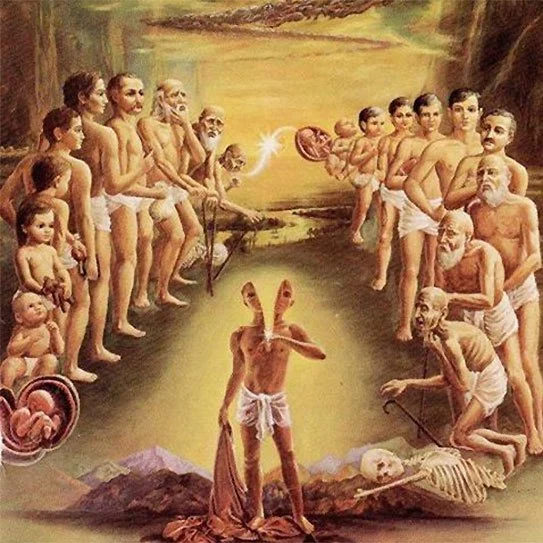
Material existence or Samsara is full of agony or pain. It is transitory or ephemeral by its very nature. The soul can break this material bond only through the realization of “Shiva” or the Supreme Cause.
When man comes to understand this limitation, through the experience of Samsara, slowly he gravitates towards Shiva. Thus, he attains Vairagya or dispassion towards material life. Finally, through Vairagya, he grows in Viveka or spiritual wisdom.
This wisdom helps discriminate the Real from the Unreal.
Differences in Sects or Parampara in Sanatana Dharma
Are there certain Parampara systems in Sanatana Dharma which are best to follow?
No. All Parampara Systems whether it is Shaktism, Shaivism, Vaishnavism, Ganpatya or Saurya, all systems lead you to one goal, Moksha.
Then why do we have so many Systems in Sanatana Dharma?
Sanatana Dharma is based on the Eternal law that the soul is one, but the shades of the mind and Maya are infinite. So, practices in one system may not fit the bill for different types of Jivas, who come from different conditioning, with a different history of their journey from their previous life times. The Dharma has evolved extensively to address each type of Jiva. Hence there is a variety in the approaches towards that one single Truth.
How can we know which is the best Parampara System for us?
There is no single methodology to identify which Parampara system suits us the best. However there is one rule of thumb, to align to our nature and that is being extremely sincere, in our quest for Moksha. The rest manifests on its own, depending on Karma and the will of Guru and Bhagawan. If we are stuck to this one principle, we shall get our Guru and our Parampara, that can help us transform into a pure being.
Test your Alignment with the Spiritual Subject Matter (only 7-8 Questions)
The scores generated in this Quiz are relative. There are no right or wrong answers. A percentage towards 100 indicates that you are more aligned to the overall subject matter.
Shaivism and Vaishnavism
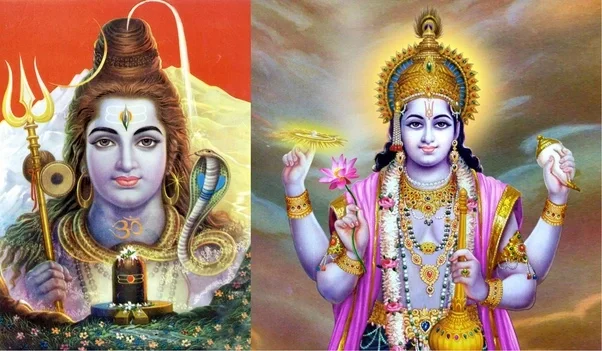
For Shaivaites, Jnana becomes the primary path, unlike the Vaishnavas who take to unalloyed Bhakti. In Shaivism, Jnana becomes the preliminary step towards Bhakti while in Vaishnavism, Bhakti becomes the preliminary step towards Jnana. Here, Jnana is the supreme means of salvation.
It is the attainment of the final beatitude for the Shaivite. Karma and other means are only subsidiary to it. Nonetheless, in pure Shaivism, unlike Advaita Vedanta, attaining “Shivatva”, does not mean merging in Shiva.
Here, the liberated Shiva Bhakta, never loses his personal “soul identity”, akin to the Vaishnava. Thus, a Shiva Bhakta is ever keen to serve his dear Lord “Shiva”.
The soul “attains” Siva, but never “becomes” Shiva.
Three categories of the soul
In Shaivism there are three categories of the soul. They are
1) Vijnanakalas- Vijnanakalas have only the Anava Mala (egoism). They have resolved Maya and Karma.
2) Pralayakalas- They are free from Maya alone, in the stage of Pralaya.
3) Sakalas- They have all the three Malas.
The jeeva attains Sivatva or Liberation only when it purges all the three Malas. Hence, such beings who transcend the three Malas are called Siddhas. It is hence impossible to attain ‘Shivatva’ without shredding Maya through Sadhana and Shiva Kripa. Consequently, the soul realizes its eternal and all-expansive nature.
The cycle of birth and death can end only when Karma gets completely annihilated. The Malas only exist in Jivas. Shiva is ever free of the three Malas.
How to destroy Anava, Karma and Maya?
Three channels can destroy the three bonds of Anava, Karma and Maya. Each of these channels are equally important and are instrumental for the soul’s release.
They are
1) Tapas or Sadhana,
2)The mercy of the Guru or spiritual preceptor
and…
3) The Grace of Shiva, which happens through Tapas and the Grace of the Guru.
How to attain the grace of Lord Shiva?
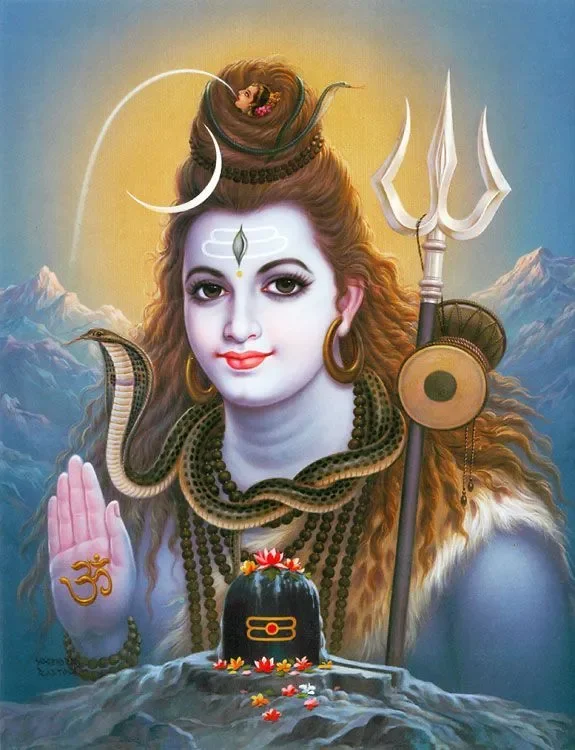
When the aspirant earnestly practices Charya (Proper physical and mental disciplines that cover Yamas and Niyamas), Kriya (Follows the path provided by the Spiritual preceptor) and Yoga (advanced in attaining the Grace of Shiva), he finally obtains the grace of Lord Siva. Then the Lord instructs the soul, reveals Himself, and illumines him.
Thus, the soul realizes its nature as Shiva.
Please Like the Blog and Share it for Maximum Reach

